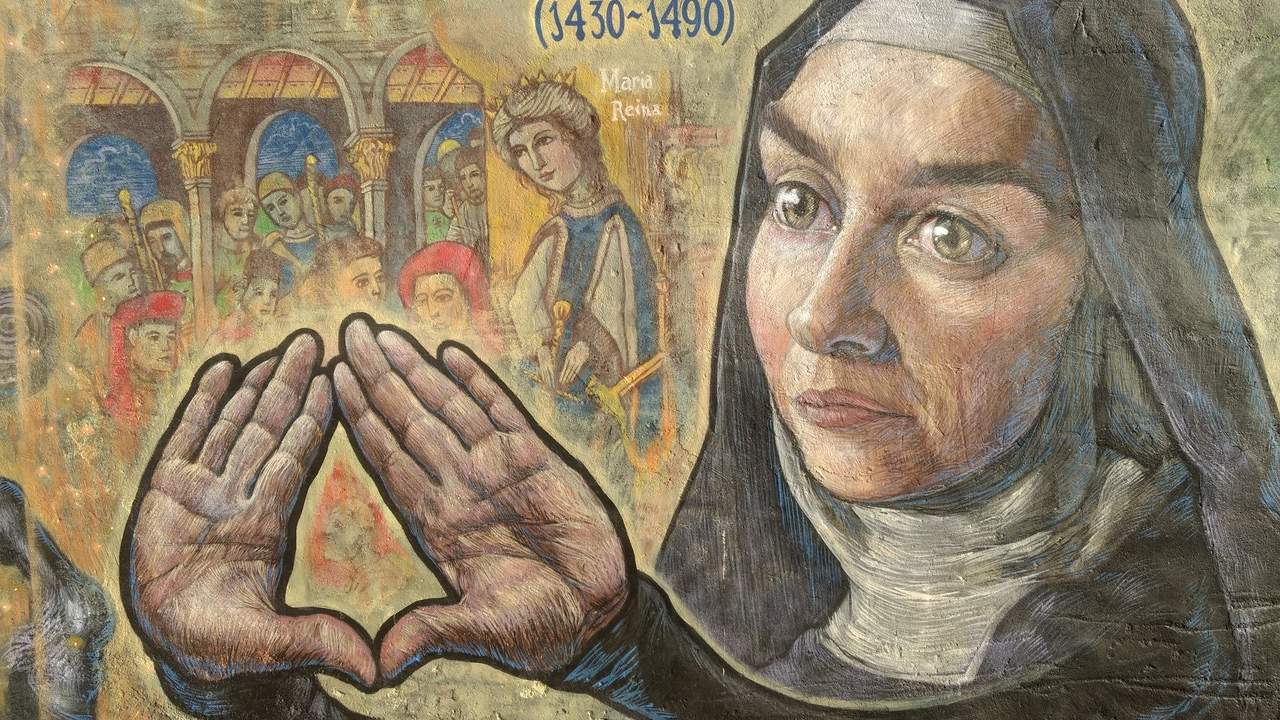
The day of women writers on 14 October reminds us of the arduous journey and challenges still faced by women in the literary world. Such reminders instigate dreams of a future where gender differences in the literary field have disappeared.
The first-ever author known to sign a text with her name was a woman named Enheduana, who composed 42 hymns about the Sumerian moon deity around 3000 BC. Despite her historical significance, Enheduana remains unknown to many outside the Sumerian culture experts.
The Querella de las Mujeres, a debate about women’s intellect that took place from the late 14th to the 18th century, exhibits the longstanding prejudices against women. Catholic misandry and Aristotelian philosophy were used to justify women’s perceived inferiority. Such bias forced women writers to devise strategies to write and survive under the distrusting and malicious scrutiny of men.
Teresa de Jesús pioneered a model of feminine writing in the 16th century, and women like Isabel de Villena, an early feminist and the first woman to write in Valencian, followed suit. These women had to struggle against the misogyny of their time, seen through individuals such as the controversial writer Jaume Roig.
The 18th and 19th centuries brought little progression for women writers. Even luminaries like Emilia Pardo Bazán and Gertrudis Gómez de Avellaneda were denied entry to the academia. This struggle continued into the 20th-century when Jane Rowling was advised to sign her first book as JK Rowling to appeal more to a male audience.
However, women writers persist, writing energetically and fearlessly, refusing to sink into the oblivion of the past or the humiliations of the present. Their resilience serves as an inspiration for future generations.






